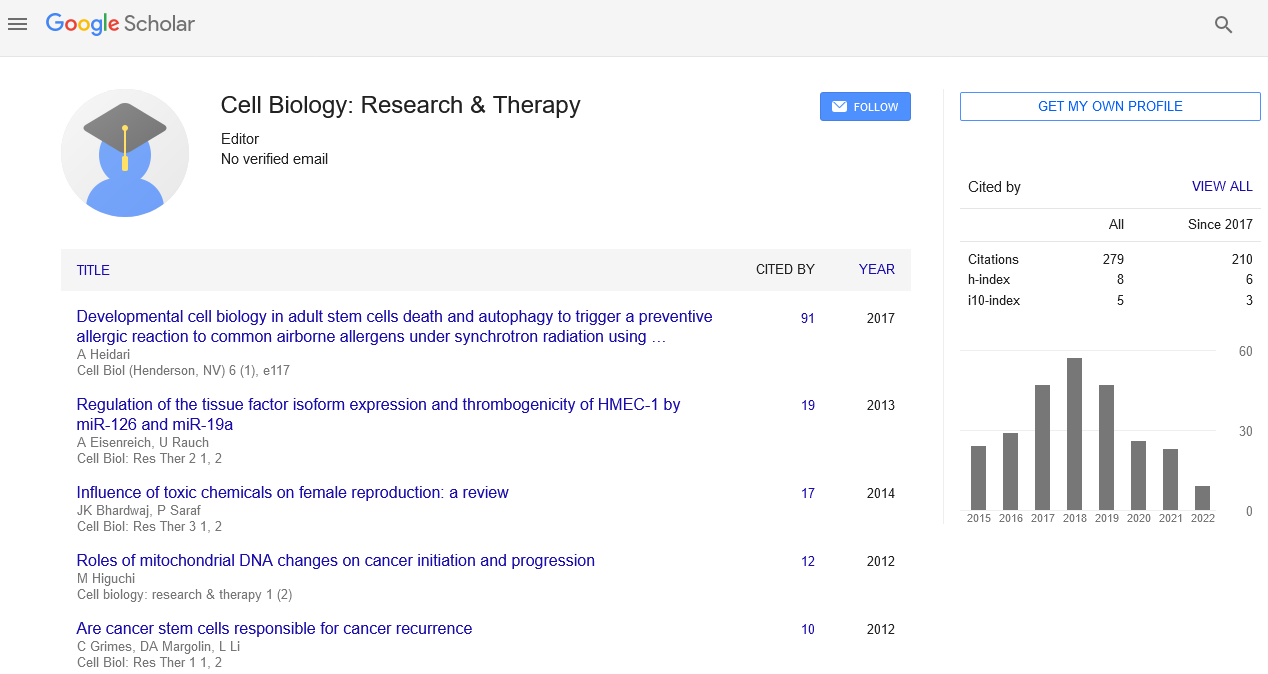Editorial, Cell Biol Henderson Nv Vol: 5 Issue: 2
SERPINE1 Regulates Vascular Smooth Muscle Cell Survival: Attenuation of Neointimal Hyperplasia with a Small Molecule Functional Inhibitor That Promotes SERPINE1 Cleavage
| Paul J. Higgins* | |
| Department of Regenerative & Cancer Cell Biology, Albany Medical College, 47 New Scotland Avenue, Albany, New York-12208, USA | |
| Corresponding author : Dr. Paul J Higgins
Department of Regenerative & Cancer Cell Biology, Albany Medical College, 47 New Scotland Avenue, Albany, New York-12208, USA E-mail: higginp@mail.amc.edu |
|
| Received: June 23, 2016 Accepted: June 24, 2016 Published: June 26, 2016 | |
| Citation: Higgins PJ (2016) SERPINE1 Regulates Vascular Smooth Muscle Cell Survival: Attenuation of Neointimal Hyperplasia with a Small Molecule Functional Inhibitor That Promotes SERPINE1 Cleavage. Cell Biol (Henderson, NV) 5:2. doi:10.4172/2324-9293.1000e114 |
Abstract
Restenosis is a pathological form of wound healing following endovascular interventions that involves increased vascular smooth muscle cell (VSMC) migration/proliferation combined with reduced apoptosis resulting in luminal narrowing. The incidence of restenosis varies (range 20-50%) among the specific procedures used (e.g., stenting vs. balloon angioplasty) and the vessel site. Of the several factors implicated in the vascular response to injury, plasminogen activator inhibitor-1 (PAI-1; SERPINE1), a member of the serine protease inhibitor (SERPIN) superfamily and the major physiologic regulator of the plasmin-based pericellular proteolytic cascade, is perhaps the most prominent.
 Spanish
Spanish  Chinese
Chinese  Russian
Russian  German
German  French
French  Japanese
Japanese  Portuguese
Portuguese  Hindi
Hindi 